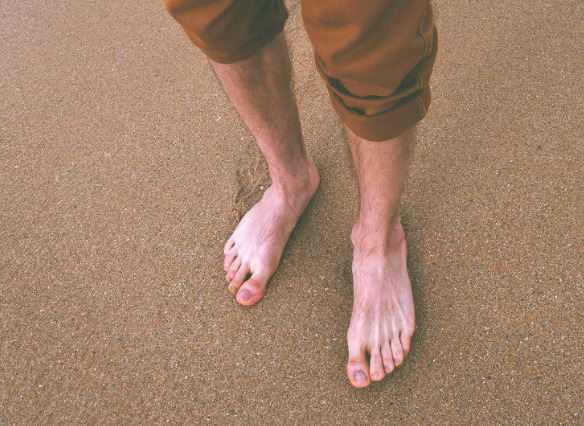What is an Arterial Ulcer in a Vascular Compromised Foot?
Ulcers are defined as abnormal breaks in the skin or mucous membranes. In most people, the wound will then heal up without difficulty within a week or two. However, when there is an underlying problem, the skin does not heal and the area of breakdown can increase in size. This is a chronic ulcer. If the reason for the ulcer not healing is poor circulation due to blocked arteries in the leg, (atherosclerosis) it is an ARTERIAL ULCER.
Arterial ulcers, also referred to as ischemic ulcers, are caused by poor perfusion (delivery of nutrient-rich blood) to the lower extremities. The overlying skin and tissues are then deprived of oxygen, killing these tissues. Thus, it is causing the area to form an open wound. In addition, the lack of blood supply can result in minor scrapes or cuts failing to heal and eventually developing into ulcers.
Symptoms of Arterial Ulcers
Arterial ulcers are characterized by a punched-out look, usually round in shape, with well-defined, even wound margins. Arterial ulcers are often found between or on the tips of the toes, on the heels, on the outer ankle, or where there is pressure from walking or footwear. The wounds themselves are characteristically deep, often extending down to the underlying tendons. Also, it will frequently display no signs of new tissue growth. The base of the wound typically does not bleed, and is yellow, brown, grey or black in color.
Often the limb will feel cool or cold to the touch, and also the extremity will have little to no distinguishable pulse. The skin and the nails on the extremity will also appear atrophic, with hair loss on the affected extremity, while also taking on a shiny, thin, dry, and taut appearance. In addition, the base color of the extremity may turn red when dangled and pale when elevated.
These ulcers are generally very painful, especially while exercising, at rest, or during the night. A common source of temporary relief from this pain is dangling the affected legs over the edge of bed, which then allowing gravity to aid blood flow to the ulcerous region.
Risk Factors
The main risk factors are those who has:
- peripheral arterial disease
- diabetes mellitus
- hypertension
- hyperlipidaemia
- increasing age
- positive family history
- obesity
- smokes
- and physical inactivity
Are you suffering from this condition? One of our chiropodist/podiatrist can assist and then recommend what treatment options are best to get you back on track. ✅
Schedule an appointment here or you may call us at 44 (0) 207 101 4000. 📞
We hope you have a feetastic day! 👣☀️
-The Chelsea Clinic and Team




